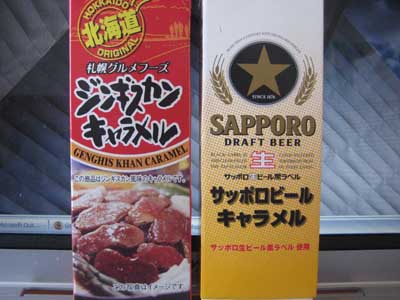
We had dinner last night at the venerable Denver Press Club with Jennifer 8.Lee and learned about Chinese food. The dinner was Chinese takeout, of course, from a DU-area eatery called “Hong Kong Cafe.” It was pretty good. The dinner was organized by John Ensslin, president of the Colorado chapter of the Society of Professional Journalists.
The unfortunately small gathering was treated not only to good food and conversation, but a wonderful and entertaining presentation by Lee, a New York Times Metro reporter who has just published her first book, “The Fortune Cookie Chronicles,” which is a peek at the cross-cultural pollination that Americans think of as Chinese food.
First of all, change your idea of Chinese food. What most people in this country consider Chinese food is really Chinese American food. To underscore the point that Chinese food is more American than apple pie (as Lee asks, how often do Americans eat apple pie, and how often do they eat Chinese food?), the presentation begins with a startling fact: There are more Chinese restaurants in this country than McDonalds, Burger King, Wendy’s and Kentucky Fried Chicken combined. Continue reading











